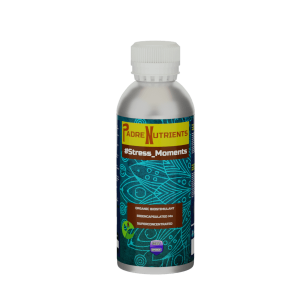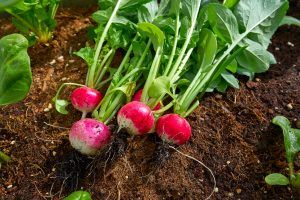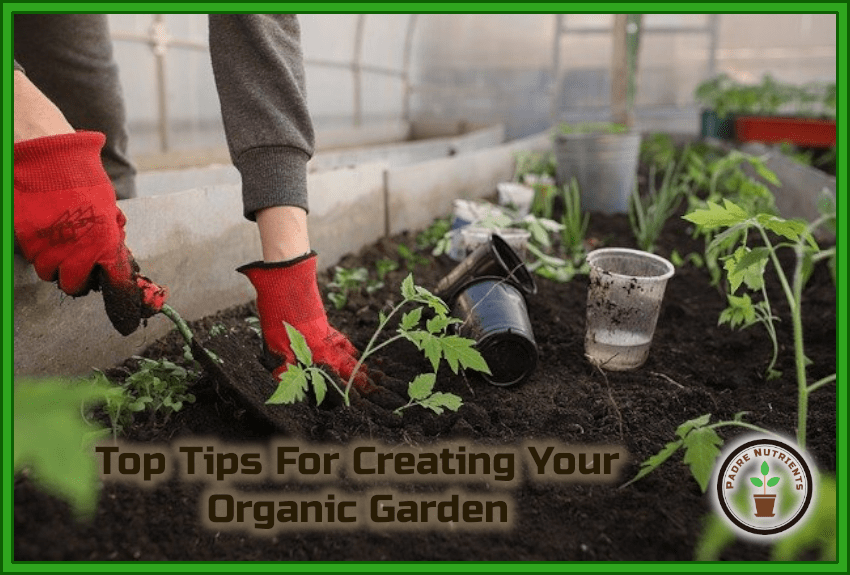More and more people are finding out how great it is to have an organic garden. Here are some helpful tips to have a successful organic garden.
INDICE de CONTENIDOS
1. Use Proper Spacing
Remember to plan for adequate spacing when you first lay out an organic garden. You will most likely underestimate how much space plants will need as they grow. Air circulation and room to grow is important for any plant. Therefore, ensure that you allow for ample spaces between your seedlings.
2. Take good care of your seedlings
When your plants begin to sprout, they can survive in somewhat cooler temperatures. Your seedlings should be moved away from any heat source. Additionally, remove any plastic films that were on your containers. This will keep out warmth and humidity. To know when it is time for this, keep a careful eye on your seeds.

3. Use Ugly Holes
When it’s time to dig a hole for a shrub or a tree in an organic garden, make the hole super ugly-looking. If the shovel “glazes” any sides of the hole, leaving a smooth and compact surface, the roots may have trouble breaking through the soil in that area.
4. Tend your organic garden on a regular schedule.
Even doing just a few small things each day can keep chores from piling up and eventually becoming unmanageable. This will save you a lot of time in the long run. For example, if your family is cooking out on the grill, you could clear a few bunches of weeds between checking on the burgers.

5. Try this unique tip…
One odd but apparently useful tip for growing organic plants, is to lightly brush your plants with your fingers or a piece of cardboard 1-2 times a day. This sounds like total nonsense, but there is research suggesting that it does promote plant growth relative to unpetted plants.
6. Make a Raised Bed
Try to use untreated wood, brick or stone and make a raised bed. Make sure the wood you use is untreated and rot resistant. Examples of good woods include cedar, cypress, and locust. Consider the chemicals that will leach out of the wood before choosing anything that has been treated. Remember the affect that such chemicals will have on your plants and soil. You may have previously used treated lumber; if so, you should use a plastic liner to cover it.
7. Rotate Your Plants
Rotate where you plant each type of plant each year. For example, if you usually plant corn in one area of your garden and flowers in another, switch which plant is planted in each section. When the same plants occupy a spot in your garden for many years in a row, it can lead to the development of fungi and disease. The fungus and bacteria will stay in the ground a whole year and attack your plants when the time is right. Changing your planting layout will allow you to avoid costly problems and have large, bountiful plants.

8. Stagger Your Plants
Stagger you vegetable planting so you will have a new harvest every month or so. This makes sure that you are not inundated with a huge tomato harvest all at one time. If something happens to ruin your harvest, you have time to fix the problem before the next set of tomatoes is due, sparing part of the harvest.
Though organic farming can present challenges that traditional farming with the use of chemicals does not, harvesting the crops is reward itself for the hard work. While chemicals offer an easy solution to many common gardening problems, the organic method is far healthier for you and everyone you share your food with.
This advice you just read should show you that with a bit of work and perseverance, you can get your organic garden into full bloom. The next time your are working in your garden, see if there may be an opportunity to test a few of these tips. Regardless of which plants you want to grow, you will be successful if you learn more about gardening and apply what you learn.


One response to “Top Tips For Creating Your Organic Garden”
[…] to start thinking of spring and the new things you’re going to add to your garden this year. Planning, organizing and mentally preparing your garden can be a lot of fun. It can help break up the cabin fever that comes with winter […]